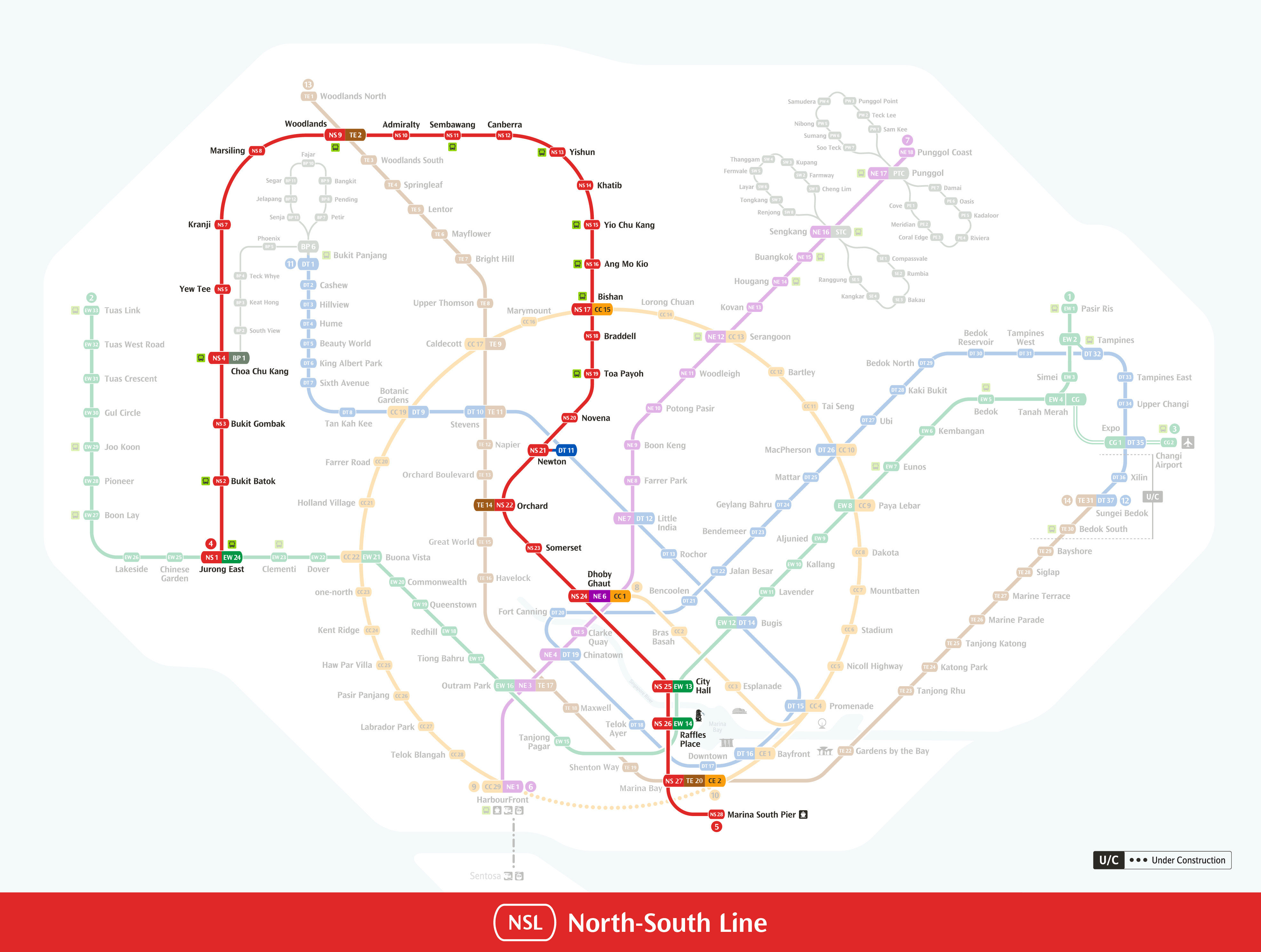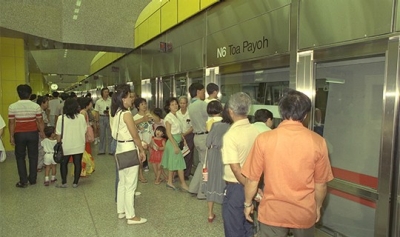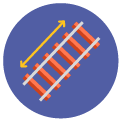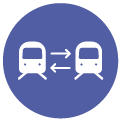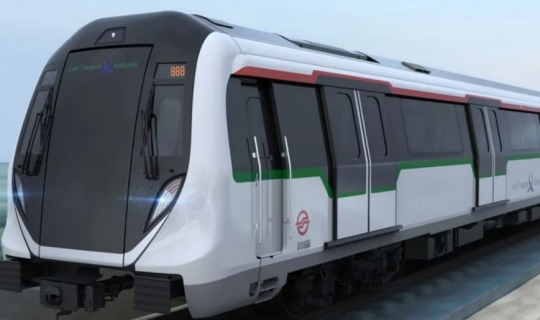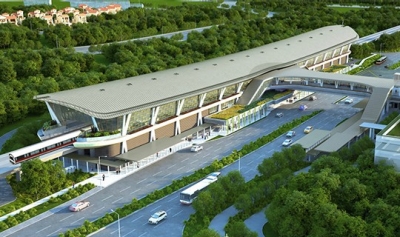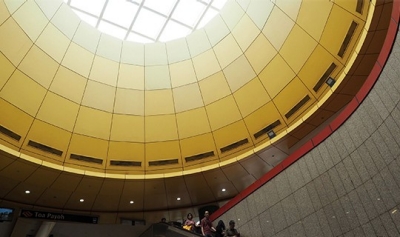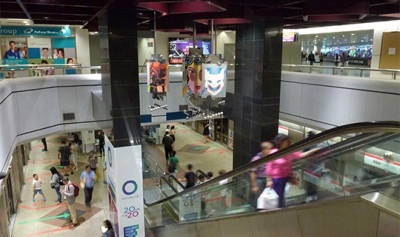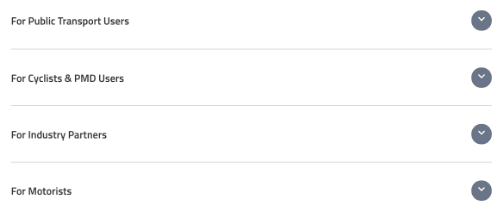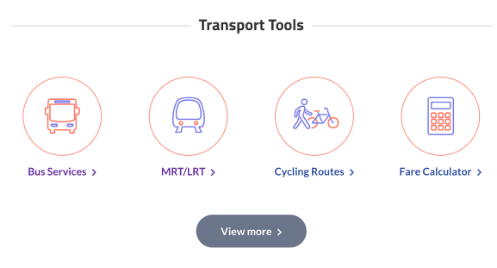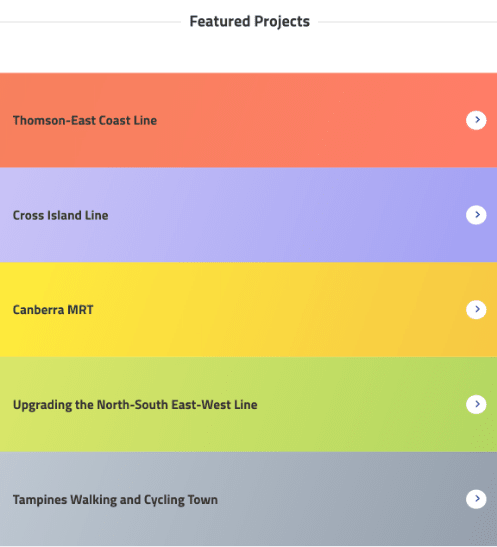LTA previously embarked on the renewal of six core systems on the North-South East-West Line (NSEWL). This includes replacement of sleepers and the third rail system. LTA has also implemented a new signalling system which will allow shorter waiting time, a new power system with better fault detection and a new track circuit system for faster fault recovery.
As part of our long-term fleet renewal, 106 Alstom MOVIA R151 rolling stock will be progressively introduced into the fleet to replace all Siemens C651 and Kawasaki-Nippon Sharyo C751B rolling stock starting from end-2022. This is the seventh generation of rolling stock on the NSEWL.




